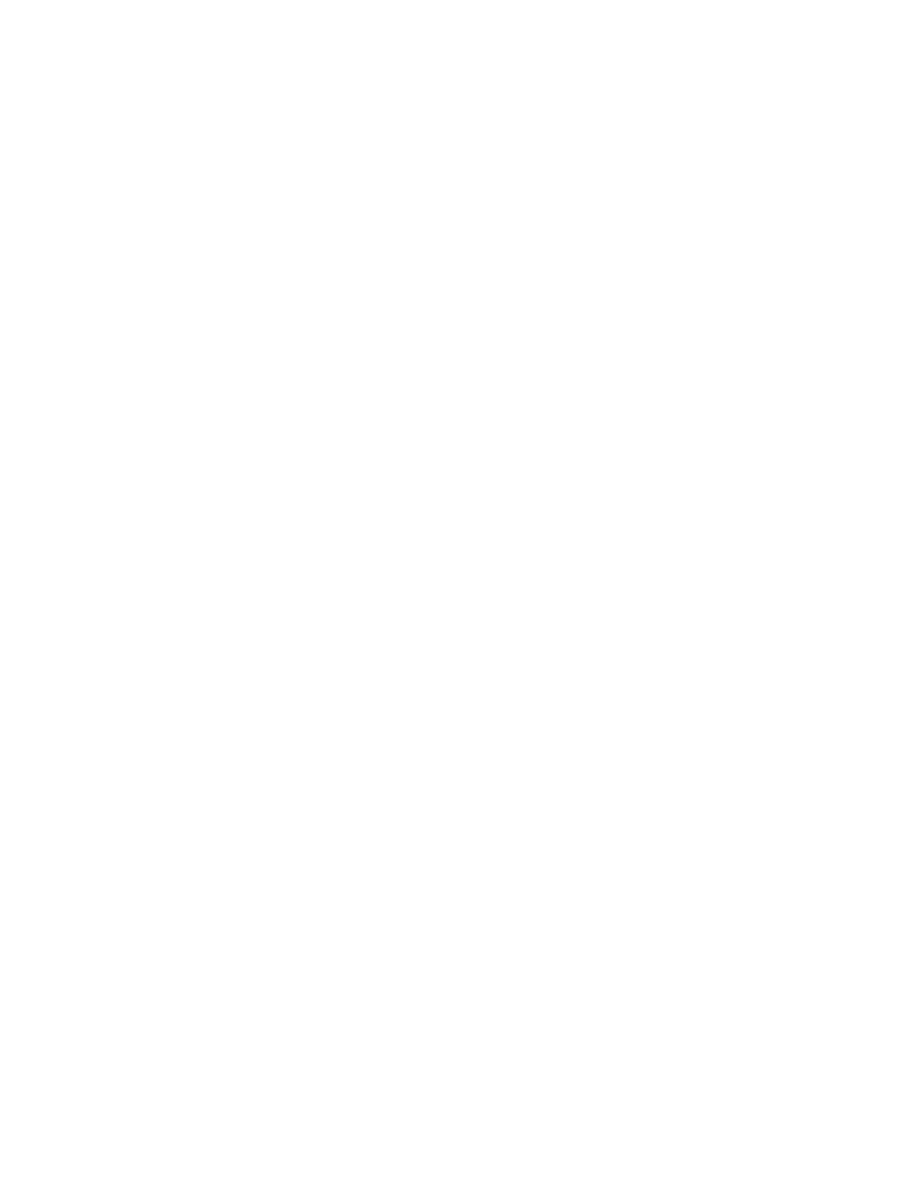
524
14 CFR Ch. I (1–1–19 Edition)
§ 61.31
Except as provided in paragraph (f)(2)
of this section, no person may act as
pilot in command of a high-perform-
ance airplane (an airplane with an en-
gine of more than 200 horsepower), un-
less the person has—
(i) Received and logged ground and
flight training from an authorized in-
structor in a high-performance air-
plane, or in a full flight simulator or
flight training device that is represent-
ative of a high-performance airplane,
and has been found proficient in the op-
eration and systems of the airplane;
and
(ii) Received a one-time endorsement
in the pilot’s logbook from an author-
ized instructor who certifies the person
is proficient to operate a high-perform-
ance airplane.
(2) The training and endorsement re-
quired by paragraph (f)(1) of this sec-
tion is not required if—
(i) The person has logged flight time
as pilot in command of a high-perform-
ance airplane, or in a full flight simu-
lator or flight training device that is
representative of a high-performance
airplane prior to August 4, 1997; or
(ii) The person has received ground
and flight training under an approved
training program and has satisfactorily
completed a competency check under
§ 135.293 of this chapter in a high per-
formance airplane, or in a full flight
simulator or flight training device that
is representative of a high performance
airplane which must be documented in
the pilot’s logbook or training record.
(g)
Additional training required for op-
erating pressurized aircraft capable of op-
erating at high altitudes.
(1) Except as
provided in paragraph (g)(3) of this sec-
tion, no person may act as pilot in
command of a pressurized aircraft (an
aircraft that has a service ceiling or
maximum operating altitude, which-
ever is lower, above 25,000 feet MSL),
unless that person has received and
logged ground training from an author-
ized instructor and obtained an en-
dorsement in the person’s logbook or
training record from an authorized in-
structor who certifies the person has
satisfactorily accomplished the ground
training. The ground training must in-
clude at least the following subjects:
(i) High-altitude aerodynamics and
meteorology;
(ii) Respiration;
(iii) Effects, symptoms, and causes of
hypoxia and any other high-altitude
sickness;
(iv) Duration of consciousness with-
out supplemental oxygen;
(v) Effects of prolonged usage of sup-
plemental oxygen;
(vi) Causes and effects of gas expan-
sion and gas bubble formation;
(vii) Preventive measures for elimi-
nating gas expansion, gas bubble for-
mation, and high-altitude sickness;
(viii) Physical phenomena and inci-
dents of decompression; and
(ix) Any other physiological aspects
of high-altitude flight.
(2) Except as provided in paragraph
(g)(3) of this section, no person may act
as pilot in command of a pressurized
aircraft unless that person has received
and logged training from an authorized
instructor in a pressurized aircraft, or
in a full flight simulator or flight
training device that is representative
of a pressurized aircraft, and obtained
an endorsement in the person’s logbook
or training record from an authorized
instructor who found the person pro-
ficient in the operation of a pressurized
aircraft. The flight training must in-
clude at least the following subjects:
(i) Normal cruise flight operations
while operating above 25,000 feet MSL;
(ii) Proper emergency procedures for
simulated rapid decompression without
actually depressurizing the aircraft;
and
(iii) Emergency descent procedures.
(3) The training and endorsement re-
quired by paragraphs (g)(1) and (g)(2) of
this section are not required if that
person can document satisfactory ac-
complishment of any of the following
in a pressurized aircraft, or in a full
flight simulator or flight training de-
vice that is representative of a pressur-
ized aircraft:
(i) Serving as pilot in command be-
fore April 15, 1991;
(ii) Completing a pilot proficiency
check for a pilot certificate or rating
before April 15, 1991;
(iii) Completing an official pilot-in-
command check conducted by the mili-
tary services of the United States; or
(iv) Completing a pilot-in-command
proficiency check under part 121, 125,
or 135 of this chapter conducted by the
VerDate Sep<11>2014
16:30 Jun 25, 2019
Jkt 247047
PO 00000
Frm 00534
Fmt 8010
Sfmt 8002
Q:\14\14V2.TXT
PC31
kpayne on VMOFRWIN702 with $$_JOB